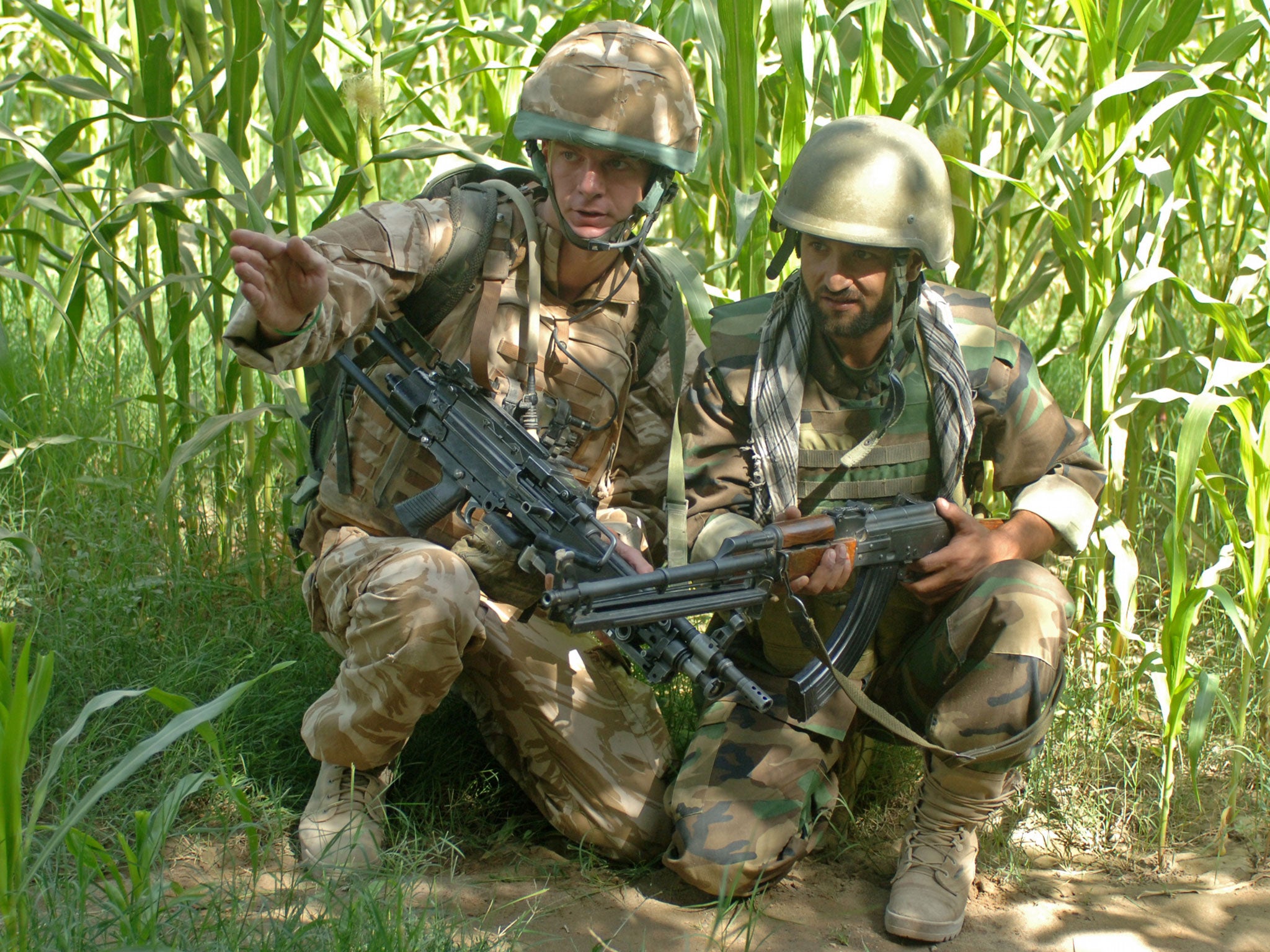Army faces losing another 3,000 soldiers in January as No 10 and military chiefs clash over redundancies
Restricted access documents suggest neither side is happy to completely surrender control of the speed and timing of anticipated job losses

The Army is considering proposals to cut another 3,000 soldiers in another round of redundancies in January, as decisions about the timing and scale of job losses move further and further from Prime Minister David Cameron’s control.
According to restricted access Armed Forces documents seen by The Times, senior staff from across the military are at odds with Downing Street over what is the best way to see through planned budget cuts.
The Government has pledged to reduce troop numbers from 102,000 to 82,000 by the end of the decade, and the newspaper said that a new tranche of cuts could be about to be scheduled for January.
The Armed Forces Redundancy Steering Group, responsible for overseeing the process, reported in July that this latest round of redundancies would need to see between 2,500 and 2,900 jobs go.
And Defence Secretary Philip Hammond has said previously that there will be “difficult” decisions ahead.
Mr Hammond was heckled by two retired soldiers at the Conservative Party conference this week, who accused the minister of “betraying” their regiment.
Speaking at the Royal United Services Institute over the summer Mr Hammond said: “A regular Army of 82,000 will have a different structure to one of 102,000. And some units inevitably will be lost or will merge.”
He said that “the history and the heritage” of some units delivered “tangible military benefits in the modern British army”, and added: “So there is no question of abandoning the regimental system.
“But that does not mean that we can avoid difficult decisions as the Army gets smaller.”
Yet if the documents seen by The Times are to be believed, influence on those decisions may increasingly be taken out of ministers’ hands. Sources told the paper that the Government wants to take its time, giving soldier numbers the chance to fall through retirements and voluntary redundancies.
David Cameron is aware of the terrible publicity involved in sacking large numbers of troops against their wishes – and recent reports suggest that there are concerns about plans for the Territorial Army to plug the gaps.
Army chiefs, meanwhile, want the power to shape their own forces by choosing who gets made redundant.
The RAF and the Navy, which have already shed thousands of personnel since 2011, could reveal their redundancy schedule next month, though The Times said documents show concern about possible political interference over the timing of any news.
A spokesman for the Ministry of Defence confirmed that another round of redundancies was being considered but that no decision had been made.
“These redundancies are not new and were announced in the Strategic Defence Security Review in October 2010 and again in July 2012,” he said.
“Following last year’s redundancies which were 84 per cent voluntary, we were clear that a fourth tranche, affecting Army personnel and a small number of medical and dental personnel from the Navy and RAF, could be needed. Outflow and recruitment rates will be taken into account before any decisions are taken on any final redundancies.”
The MoD stressed that while the redundancy steering group of senior military staff was in a position to make recommendations and discuss cross-services issues, its proposals would not necessarily be acted upon.
Subscribe to Independent Premium to bookmark this article
Want to bookmark your favourite articles and stories to read or reference later? Start your Independent Premium subscription today.

Join our commenting forum
Join thought-provoking conversations, follow other Independent readers and see their replies